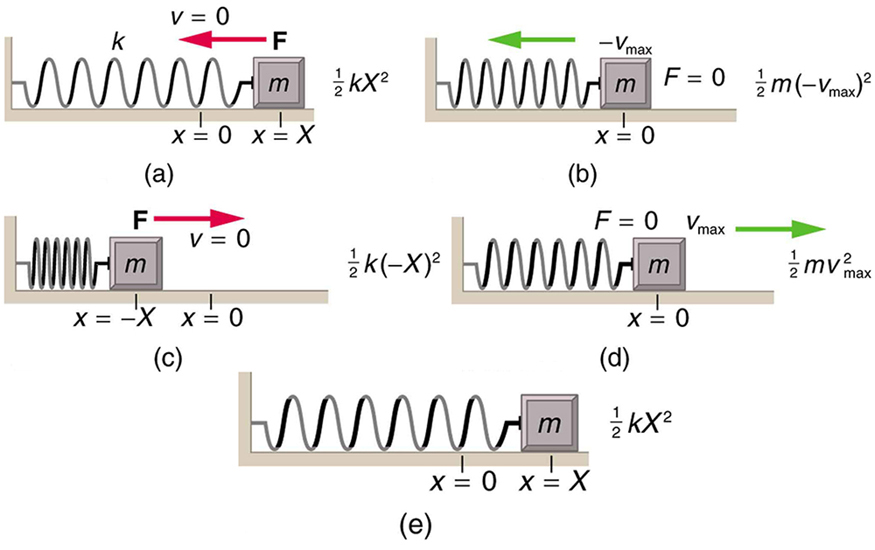

Where did the less come from? Envision that you pull a string to one side, making it stretch. Δx is the removal (positive for prolongation and negative for pressure, in m). Knowing Hooke's law, we can record it the type of recipe: Its tendency relies upon the consistency of proportionality, called the spring steady. On the off chance that you diagrammed this relationship, you would find that the chart is a straight line. It implies that as the spring power builds, the uprooting increments, as well. Hooke's law expresses that for a versatile spring, the power and removal are relative to one another. At the point when the power that causes the distortion vanishes, the spring returns to its underlying shape, given as far as possible was not surpassed. Each spring can be distorted (extended or packed) somewhat. Hooke's law manages springs and their fundamental property - the flexibility. You can also read about Hooke's law from below and it will help you understand Hooke's law in a better way. Because in this tool you don’t have to put any formula you simply have to input your number and then you will be getting your answer from here. It is really nice to use because even if you don’t know about Hooke’s law, or you don’t even know the formula of Hooke’s law then still you can use this tool. There are a lot of students in this whole world so they can use this tool and take advantage of this tool. This tool has been created for students but it's not only for students but any individual can use this tool. This tool is really fast so it will help solve your calculation really fast. This Hookes law calculator is really great and will help you calculate Hooks law equation.


Numerical Analysis - Numerical Differentiation Tools

It is important to note that solar sails are extremely dependent on light as a source of fuel, the further you get away from the light source the less efficient the sails become because less photons hit the sail. The photons that are not reflected are absorbed, then emitted though the emissivity layer in the form of thermal energy which has a negative effect on the spacecraft's speed as it produces a negative effect. When the photon hits the reflective layer, most of the photons bounce off the perpendicular to the sail surface. Lasers can also be used to propel a solar sailed powered spacecraft. When light hits the reflective layer of a solar sail there is a force applied to the solar sail due to the lights enormous speed. Solar sails harness light photons on a large surface called a sail.


 0 kommentar(er)
0 kommentar(er)
